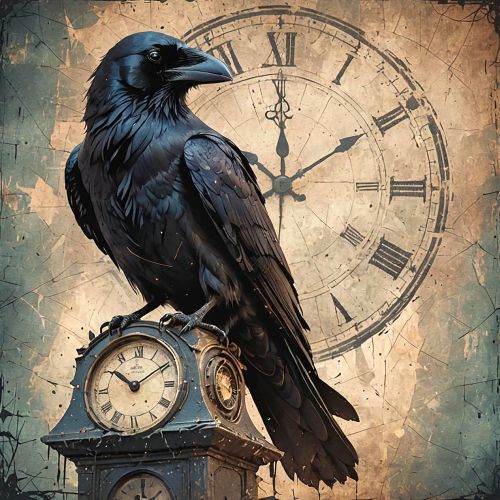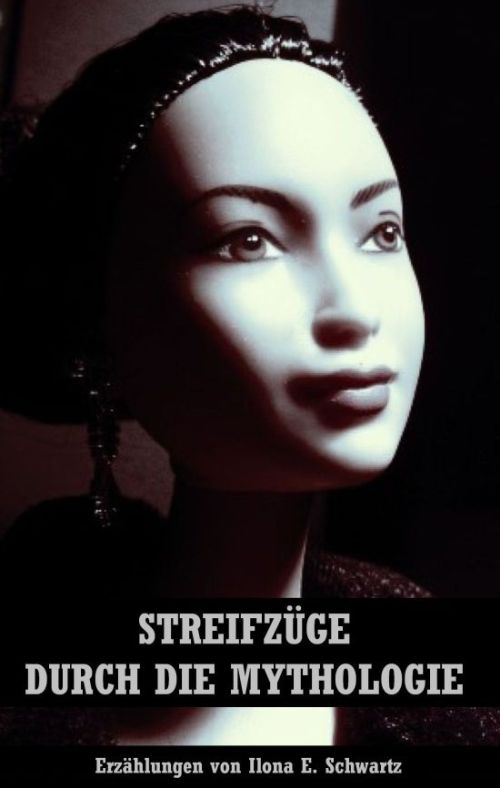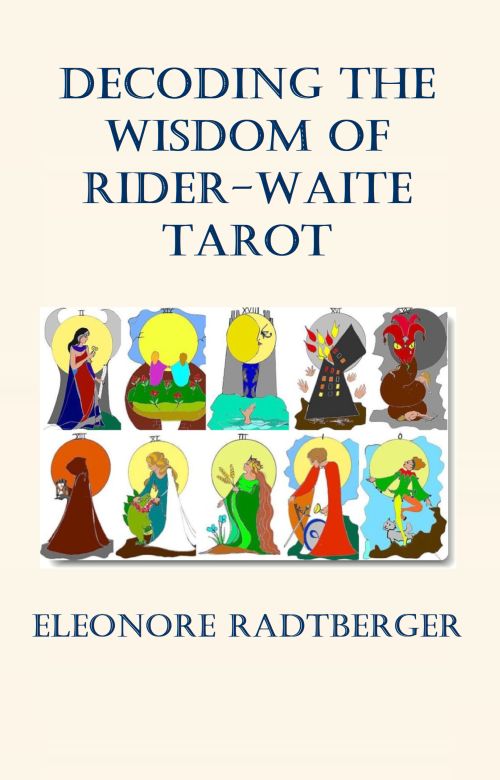
|
A free wake-up call: The bird clock
The morning song of the birds has a very specific rhythm

Autumn marks the end of the year. Slowly but surely, we have to say goodbye to many things. Although no two autumns are the same, it is a gentle transition to winter. Farmers and garden owners bring in the harvest, while the last flowers slowly fade. In the city park, the view becomes clearer as the lush greenery disappears to make way for the fiery colours of autumn.
Dawns arriving just a few hours after midnight, accompanied by birdsong, are a thing of the past. Those unable to sleep in the summer heat would check their clocks at this time to see how long it would be before the birds woke them up. But they didn't really need to, as the rhythm of the birds' morning song is so consistent that it can be used to time things almost precisely. Although it may seem as if all birds sing shortly after sunrise, this is an illusion. Each species has its own time to greet the day. The phenomenon of the 'bird clock' is known as the dawn chorus, which is synchronised with sunrise.
Male birds sing to mark their territory. If all species started singing immediately before or after sunrise, this would defeat the object, since the calls are intended for their own species. Therefore, nature has established a kind of sequence so that everyone can 'get their message across'. The fixed point is sunrise itself, rather than the time measured by humans. This means that a robin sings at a different time in England than in Switzerland, since dawn occurs at different times in different locations. This is why we are more likely to notice the morning concert in midsummer. It begins at a time when there is hardly any traffic or noise, even in the city.
As the year progresses, the voices of the little songbirds tend to be drowned out by city noise. However, those who live in quiet areas or the countryside are more aware of the time difference. As the days begin, about an hour and a half before sunrise, the redstart is the earliest singer, followed by the robin. Others follow at intervals of about ten minutes: blackbirds, wrens, cuckoos, chiffchaffs and sparrows. Around ten minutes after sunrise, others join in, such as starlings and great spotted woodpeckers.
Surprisingly, not many people are aware of this feathered clock, even though it is a fascinating phenomenon. Remarkable things are happening right under our noses that are just as astonishing as whale migrations or the behaviour of African elephants. Perhaps we should take the time to learn the different calls of our native birds, so that, when the days get longer again, we can enjoy this free service with all our senses.
© 'A free wake-up call: The bird clock. The morning song of the birds has a very specific rhythm': An article by Pressenet (translated by Izabel Comati), 06/2025. Image credit: Raven and clock, CC0 (Public Domain Licence).
– Review of Quantum Space Book 1. Best hard SF by Douglas Phillips
– Review of the eco-thriller 'The Swarm' by Frank Schätzing
– The right way to use the Tarot: About mistakes and misunderstandings
Discover more articles! Use the search function:
English archive:
More reviews, book presentations and essays
2024/2025
German archive:
2024 |
2023 |
2022 |
2021 |
2020 |
2019 |
2018 |
2017 |
2016 |
2015 |
2014 |
2013 |
2012 |
2011 |
2010 |
2009
Become a writer for Pressenet! Write articles for our online magazine on trending topics such as best books to read, health and wellness, technology and gadgets, business and finance, travel and tourism, lifestyle and fashion or education and career. Info: Become an author
Sponsors and investors are welcome: If you found our articles interesting, we would be grateful for a donation. Please also recommend us to your networks. Thank you very much!
Sitemap About Privacy Policy RSS Feed





